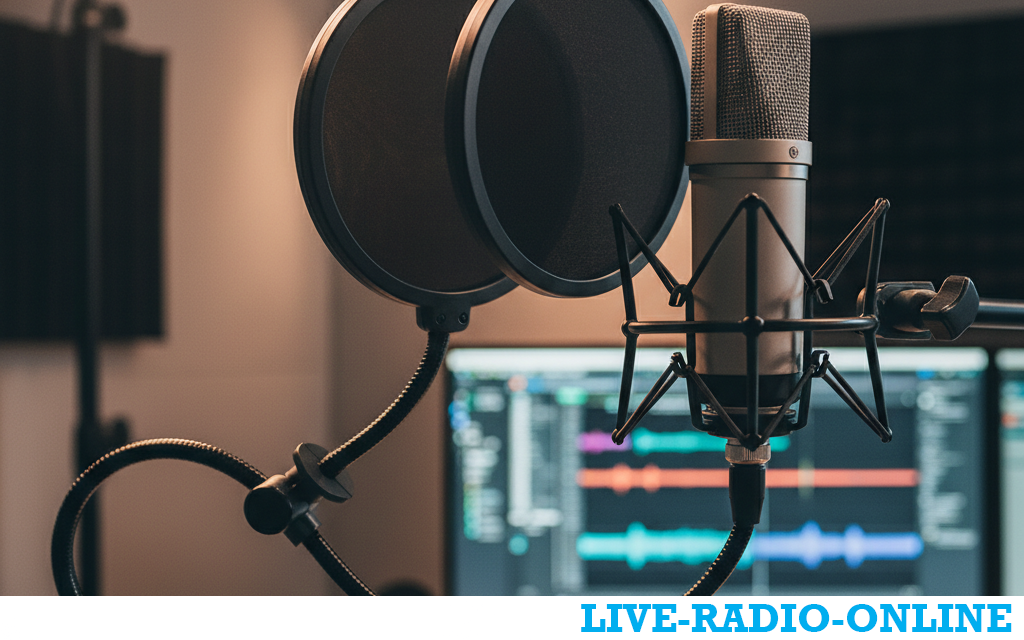
The Simple Definition
A microphone pop filter (also called a pop screen or windscreen) is a accessory that you place between your mouth and your microphone. Its primary job is to block the strong bursts of air from your speech that cause a distracting "popping" sound in your recordings.
The "Why": What Are These "Pops"?
When you say words that contain plosive consonants like "P," "B," and "T," you push a sharp, forceful puff of air from your mouth.
-
Say "Pop Filter" out loud and feel the air on your hand on the "P" and "F" sounds.
When this blast of air hits the sensitive diaphragm of your microphone, it can't handle the sudden pressure change. The result is a low-frequency thump or distortion in your audio file that we call a "pop." It sounds unprofessional and is very difficult to remove completely after recording.
A pop filter acts as a physical barrier, diffusing this blast of air before it can hit the microphone.
How It Works
A pop filter doesn't filter sound; it filters air. The two main types work in slightly different ways:
-
Mesh Screen (Most Common): This is the circular, fabric or metal mesh screen you see most often.
-
The tightly-woven mesh breaks up the fast-moving air from your plosives, scattering it and allowing only the clean sound waves to pass through to the microphone.
-
-
Metal Sphere / "Spider" Shape: These are often made of a single, perforated piece of metal.
-
They work on the same principle: the air has to travel through a series of small holes, which slows it down and disperses the energy of the "pop."
-
Key Benefits of Using a Pop Filter
-
Eliminates P-Pops: This is the primary and most important benefit. It gives you clean, clear vocal recordings from the start.
-
Protects Your Microphone: It acts as a barrier against saliva and moisture. This is especially important for expensive studio condenser microphones, as moisture can damage their sensitive internal components over time.
-
Helps with Sibilance: While not its main job, a pop filter can slightly reduce harsh "S" and "Sh" sounds (sibilance) by diffusing the high-frequency air jets associated with them.
-
Encourages Proper Mic Technique: Having a pop filter a few inches from the mic naturally encourages you to stay at a consistent distance and not get too close, which improves your recording quality.
Who Needs One?
Almost anyone recording vocals! This includes:
-
Podcasters
-
Voice-Over Artists
-
Singers & Rappers
-
Streamers
-
YouTubers
If you are using any kind of sensitive microphone (especially a condenser microphone) for speech or singing, a pop filter is an essential, low-cost investment for professional-sounding results.
Pop Filter vs. Windscreen
You might also see foam windscreens that slip directly over the microphone.
-
Pop Filter: Best for indoor studio use against plosives ("P-pops").
-
Foam Windscreen: Good for reducing wind noise and general breath sounds, and offers some moisture protection. It's less effective against strong plosives than a mesh pop filter but is great for live vocals or outdoor use.
Many professionals use both for maximum protection and cleanliness.
Summary
In short, a microphone pop filter is a simple shield that stops the explosive air from your "P" and "B" sounds from ruining your vocal recordings. It's one of the cheapest and most effective ways to instantly improve your audio quality.


